Let’s Talk About James Baldwin
1924 – 1987
James Baldwin is a well-known American novelist, essayist, short story author, and critic. He is one of the greatest authors of African American literature, a poet with a forceful style who interprets his nation’s culture in fiction and autobiography. His writings include both literary classics and cutting-edge pieces.
When discussing the White Horse Tavern’s most celebrated regulars, one has to talk about James Baldwin.
James Baldwin Books
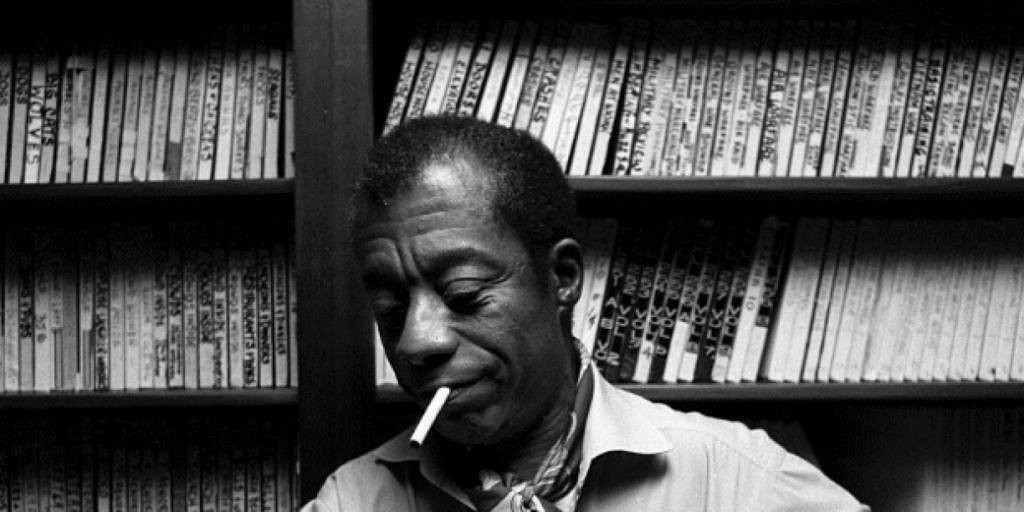
James Baldwin’s books are biographical collections of ideas, history, and sociology that resulted from the efforts of a US intellectual elite. He was a writer who examined black people’s ideas and how they have influenced society. Any conversation about James Baldwin will likely touch on the books he is most known for, his collected essays.
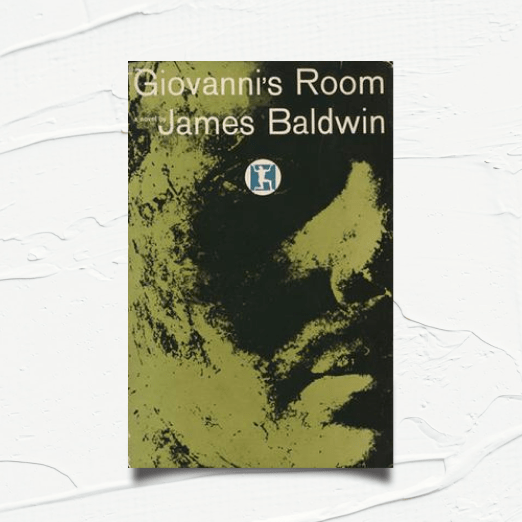
Go Tell It to the Mountain
Go Tell it to the Mountain is regarded as one of the best literary works ever written. It draws from the author’s own life and contains anecdotes about people of color and themes present throughout contemporary society.
A semi-autobiographical book, “Go Tell It on the Mountain,” was published in 1953. The book chronicles the life of John Grimes, a bright adolescent from Harlem in the 1930s, and his interactions with his church and family.
The biography of Gabriel Grimes, the violent and fervently religious stepfather of John Grimes, and the lives of John’s mother and biological father are also covered. The Pentecostal Church is a key topic in the book since it plays both a positive and harmful role in African Americans’ lives, serving as a source of inspiration and community as well as repression and moral hypocrisy.
On a list of the top 100 English-language novels published in 1998 by the Modern Library, Go Tell It on the Mountain came in at 39.
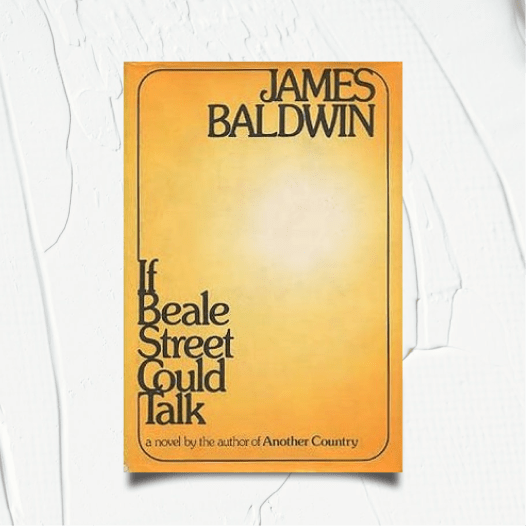
If Beale Street Could Talk
“If Beale Street Could Talk” explains Beale Street. The tone change suggests that the title has to do with our conception of a “proper” African-American neighborhood in the 1960s. In this book, James Baldwin encourages readers to think about the coercive forces of money and sex by illuminating how individuals use their riches or sexuality to control others.
Baldwin suggests that bigots use intimidation to keep black people under control by connecting racism and fear. Throughout the book, he depicts dread as a factor preventing young African Americans from speaking up about their own persecution, including Fonny and his friend Daniel.

Giovanni’s Room
James Baldwin published Giovanni’s Room in 1956. The story revolves around the experiences of an American man residing in Paris, as well as his emotions and disappointments over his relationships with other men, particularly an Italian bartender named Giovanni, whom he meets at a gay bar in Paris.
By demonstrating the different ways in which people use their riches or sexuality to influence others, James Baldwin challenges readers to contemplate the exploitative powers of money and sex.

When we talk about James Baldwin’s essays, short stories, and poetry, we cannot understate his mastery of wordplay, dance rhythm, and stunning metaphors. The eight-story collection examines America’s unpleasant realities in the 1950s, such as drug abuse, homosexuality, racial tensions, and white supremacy.
His plays, novels, and short tales illuminate the darkness of our delusions with the light of reality, while his articles provide those who struggle against them with confidence, courage, and cold reason.
James Baldwin's Poems, Essays, and Short Stories
Strangers in the Village
In many ways, “Stranger in the Village” is a protest against America for the way it treats African Americans, blatantly demonstrating its bigotry.
James Baldwin first takes us through a tiny Swiss village where this ignorance is evident before introducing us to a more comprehensive look at American versus European history as it relates to African Americans.
This essay demonstrates how history may significantly impact a village’s culture and how that culture can affect how we treat people of different races or even just each other.
People Are Trapped In History, And History Is Trapped In Them
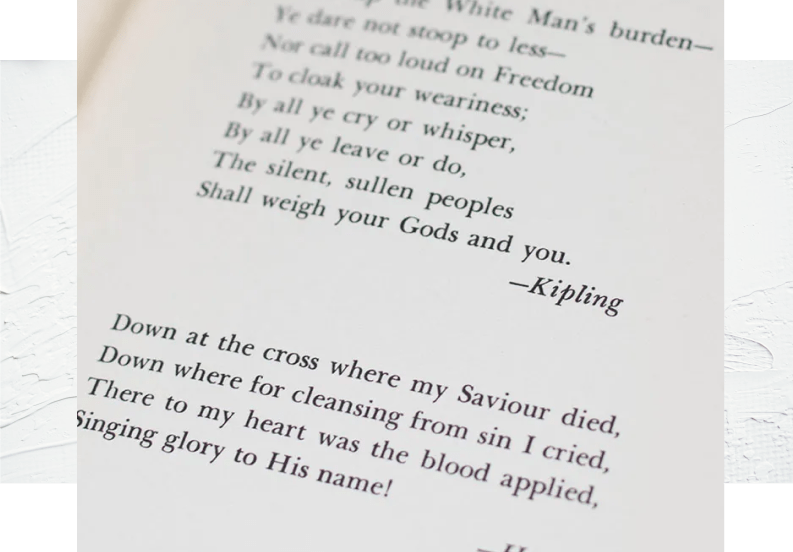
The Fire Next Time
James Baldwin wrote a nonfiction book titled The Fire Next Time in 1963, during a period of civil rights marches and severe violence against black people who tried to establish their civil and human rights in a society that still battles with the legacies of slavery, racism, and white supremacy today.
It is timeless and universal and holds true as it did decades ago. James Baldwin portrays a provocative and brutally honest portrayal of America and its sad history of racism.
In his book The Fire Next Time, James Baldwin talks about some situations that formed his perspective on race and the figurative intersection of race in his life.
Baldwin discusses events that influenced his view of race and the metaphorical nexus of race, power, and identity in this book. According to Baldwin, color is neither a personal nor a human reality; it is a political reality. But the West has not yet established this distinction because it is so difficult.
Color has historically been challenging to separate from a character in the West, and the United States in particular, rather than being recognized for what it is: a pretext for one group to impose political and social dominance over another.
Sonny’s Blues
This book discusses how intense suffering is and how using drugs and listening to music might help people avoid being crushed by reality.
In “Sonny’s Blues,” a man finally comprehends the gloom and misery that grip his brother, and he learns to value the music that his brother uses to soothe those blues. The main theme of “Sonny’s Blues” is suffering. Baldwin emphasizes that pain is universal and cyclical, frequently resulting in further misery.
All that hatred down there”, he said, “all that hatred and misery and love. It’s a wonder it doesn’t blow the avenue apart.
James Baldwin's Death
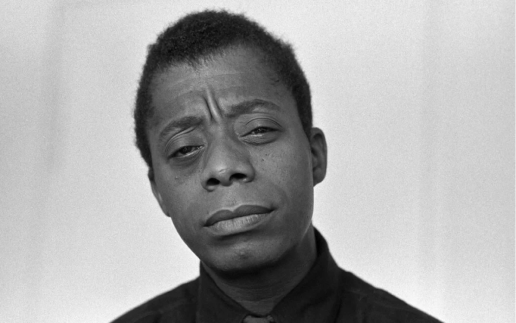
At 63, James Baldwin passed away from stomach cancer on December 1, 1987, at his residence in the French town of St. Paul de Vence, located in southern France.
Baldwin’s health had been gradually getting worse since his latest surgery. He clung to the belief that, despite his sickness, he would live to complete a biography of the Rev. Martin Luther King Jr. and pen another play. Family members were present when Baldwin passed away.
The author had spent the last 40 years spending his time between France, which he once described as a “refuge far from the American crazy,” and the United States, where he sourced the majority of his material.
It is a testament to his great skill and insight that the conversation about James Baldwin did not end with his death; it continues to this very day.


